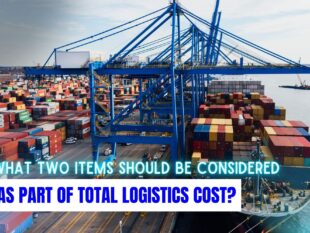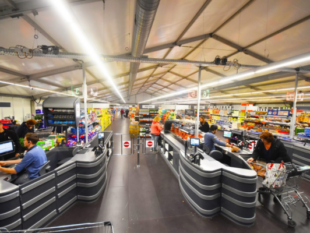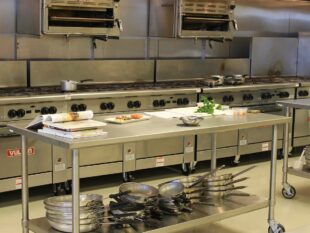What Is A Walkie Stacker And Why Do Warehouses Rely On Them?
by Arnab Dey Business 02 June 2025
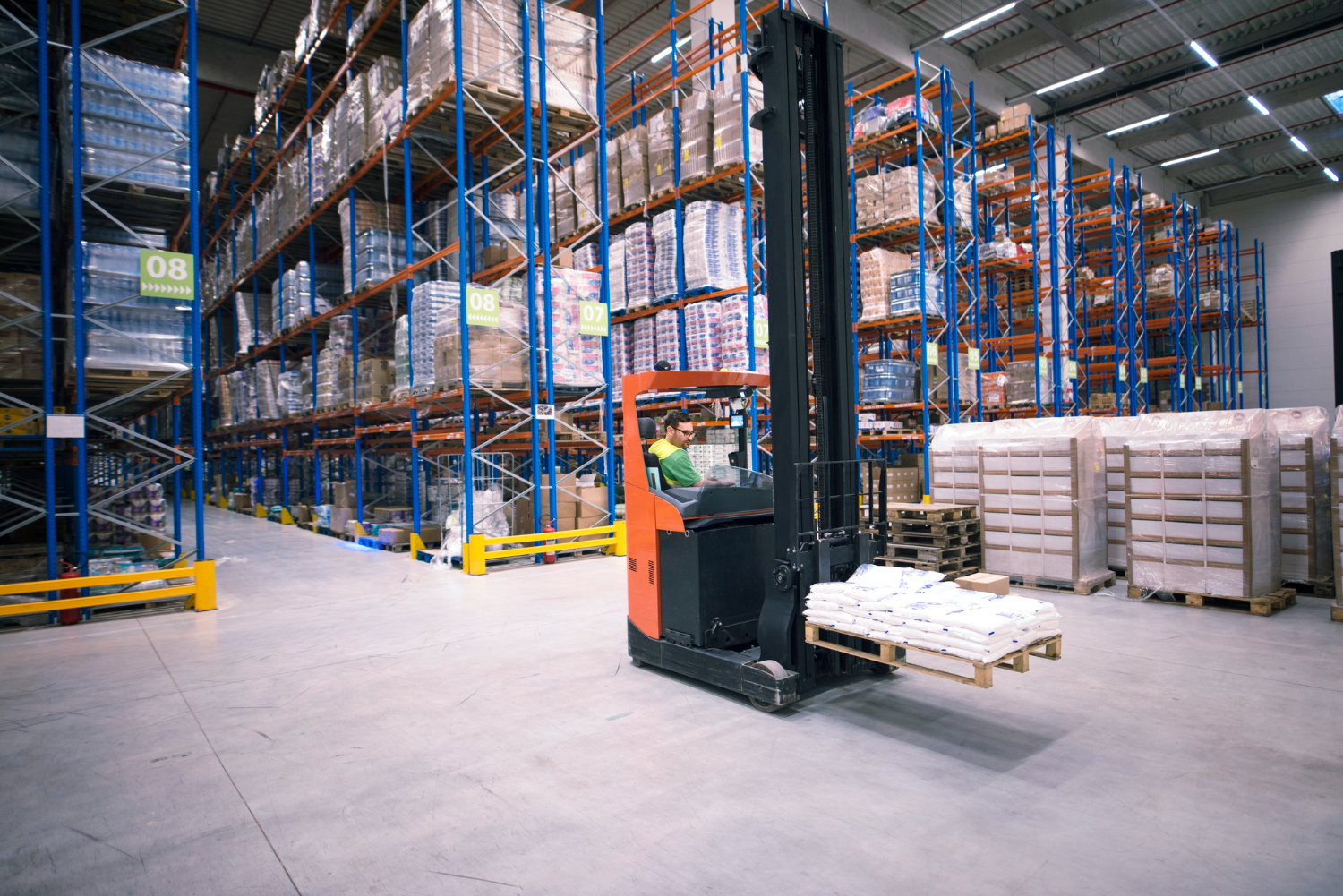
Is your warehouse utilizing more machines than necessary? A walkie stacker might be the smarter, safer option.
Basically, it does not take up much space. Also, it does not require special licences in most cases. Moreover, it handles a surprising amount of work for such a compact unit.
In general, warehouses default to forklifts. However, they are not always the right choice. When space is tight or the work is more repetitive than rugged, a walkie stacker is able to handle it all with less fuss. Here’s how.
What Is A Walkie Stacker? – A Basic Overview
A Crown walkie stacker is a pedestrian-operated lift truck. Unlike forklifts, you don’t sit in it. In this case, the operator walks behind or alongside the machine. This way, they steer it with the help of a tiller arm.
Moreover, a walkie stacker runs on electricity and is able to move, lift, and stack pallets. Also, it performs well in indoor environments where there is limited space.
Apart from that, a walkie stacker includes a vertical mast, lifting forks, and powered wheels. Basically, the lifting mechanism operates using electric motors and hydraulics. This eliminates the requirement for manual force.
In addition to that, walkie stackers are quiet, efficient, and ideal for moving loads over short to moderate distances.
How Does A Walkie Stacker Work?
Primarily, the walkie stacker operator uses a handle with built-in controls to steer, lift, and lower the forks. This handle, called the tiller arm, is at the rear end of the walkie stacker.
Meanwhile, as the operator walks behind or beside the machine, they turn this arm to move the stacker forward or in reverse. Also, they control it for the lifting functions.
In addition to that, the stacker slides its forks under a pallet, lifts it, and either moves it to another location or stacks it at height. Moreover, depending on the type, a walkie stacker handles anywhere from several hundred kilos up to around two tonnes.
Apart from that, most models also have safety features such as automatic braking and speed control. This makes them easier and safer to use indoors.
How Do Warehouses Benefit From Walkie Stackers?
Primarily, a walkie stacker is not a mere cheap forklift. Basically, it is often the better option altogether for certain warehouse setups.
Here’s why:
1. Saves Space
These machines are a lot narrower than standard forklifts. Hence, they are ideal for areas with limited aisle width. You will also be able to store more inventory without wide paths for turning or reversing.
2. Lower Upfront And Running Costs
Walkie stackers generally cost less than ride-on machines, and they’re electric. That means no fuel, fewer moving parts, and lower long-term maintenance costs.
3. Easy For Staff To Learn
In many cases, they don’t require a high-risk licence. That means faster onboarding for new operators. Also, there is more flexibility regarding who might use the equipment during busy periods.
4. Ideal For Indoor Use
In general, walkie stackers have no exhaust and no noise. Also, it ensures smoother operation. These factors make walkie stackers ideal for indoor warehouses and stockrooms. Hence, it is perfect for places where clean air or quiet operation is a major priority.
What Are The Common Types Of Walkie Stackers?
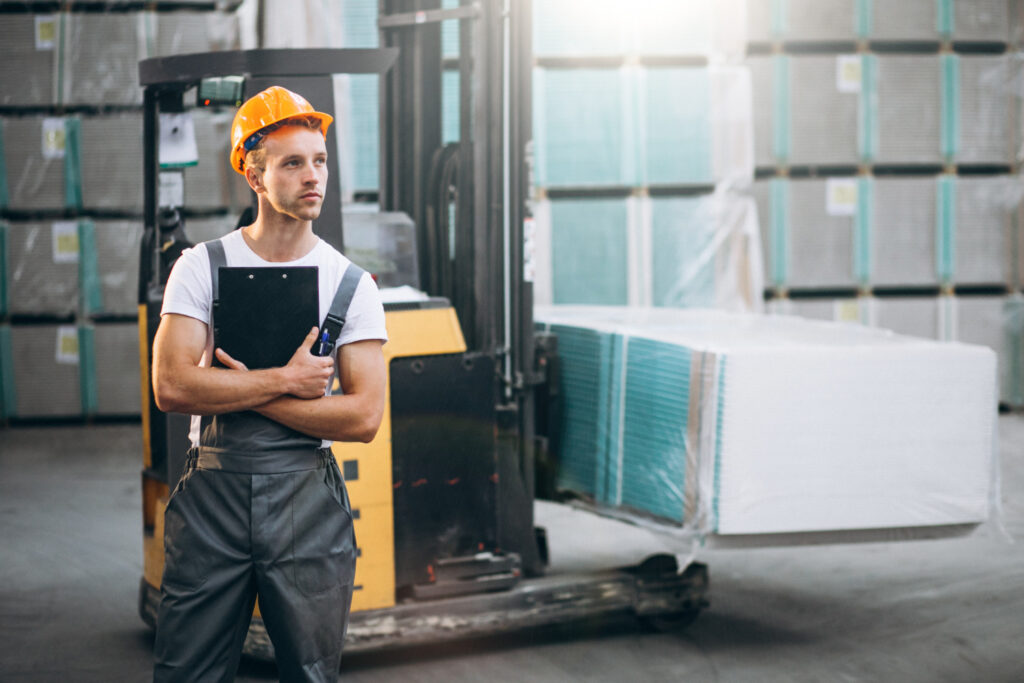
Not all stackers are built the same. There are a few variations, each designed for different warehouse layouts and types of pallets.
A. Standard Walkie Stacker
This is the base model. It lifts standard pallets and operates smoothly on flat, smooth floors with straight-line travel.
B. Straddle Walkie Stacker
Built with adjustable legs that slide around the pallet. These provide more stability when lifting heavier loads or stacking higher.
C. Counterbalance Walkie Stacker
Designed to handle non-standard pallets that don’t have space underneath for forks. The counterweight balances the load without the presence of stabilizing legs.
D. Reach Walkie Stacker
Has extending forks that slide forward, allowing access to racking systems without moving the base of the machine too close.
Each type has its place depending on the height of your shelving, the layout of your space, and the types of pallets you use.
When To Use A Walkie Stacker Instead Of A Forklift?
Forklifts have their place, but they’re not always the right tool for the job. Walkie stackers are better suited to:
- Small warehouses or storage rooms
- Facilities with narrow aisles or sharp corners
- Tasks that don’t involve long-distance travel
- Lower-height racking or ground-level stacking
If your warehouse layout prioritizes tight navigation over high stacking, a walkie stacker will usually do the job more efficiently.
What To Look For When Choosing A Walkie Stacker?
Before adding a walkie stacker to your operation, choose the right one with the help of the following tips:
1. Weight Capacity
Ensure the model is able to lift your heaviest typical load without strain. In general, overloading not only damages the machine but also compromises safety.
2. Lift Height
Match the mast height to your tallest racking. Don’t buy more lift than you require. Otherwise, it will increase costs and reduce stability.
3. Battery Type And Runtime
Check how long the machine is able to run on a single charge. Also, check how quickly it is able to recharge between shifts.
4. Wheel Type And Surface
If your warehouse floor is smooth concrete, you will be fine with standard wheels. Meanwhile, for uneven surfaces or thresholds, make sure the stacker is able to handle the bumps.
Keeping It Running
In general, like any other warehouse equipment, a walkie stacker requires regular maintenance. However, the good news is that you will not have to worry about frequent servicing.
Daily checks should include the following:
- Looking over the forks and mast for wear or cracks
- Testing the tiller arm and brakes for responsiveness
- Inspecting battery levels and charging status
- Checking wheels and undercarriage for debris or damage
However, for weekly or monthly maintenance, you might have to top up fluids. Also, you will have to check the hydraulic system and clean all electrical contacts. Sticking to a simple routine keeps the machine reliable and safe.
Improving Workflow Without Overspending
A walkie stacker helps keep things moving without the noise, emissions, or cost of a traditional forklift. Even in larger operations, it is quite able to take pressure off the main lift fleet by handling lighter tasks or short-haul jobs.
Warehouses that store fast-moving goods tend to benefit the most. The ability to move smaller pallets efficiently, without the overhead of larger machines, leads to smoother operations and less bottlenecking during busy shifts.
It also allows for better floor planning. With a smaller turning radius and tighter fit, you will lose more space to product storage rather than vehicle pathways.
Quiet Power That Gets The Job Done
Walkie stackers might not get as much attention as forklifts, but they are one of the most practical tools a warehouse must invest in. They handle lifting, stacking, and moving without demanding extra space, licences, or fuel.
If your space is limited, you must get a machine that’s easier to manage and quicker to train on. This is where a walkie stacker will come to your rescue. It’s quiet, compact, and more than capable of doing the heavy lifting right where you require it.
Read Also:





































